Thomas Demand: artificiality, nature and Azzedine Alaïa
At Sprüth Magers London, German sculptor and photographer Thomas Demand explores the tensions between artificiality and nature, and steps inside the atelier of legendary Tunisian couturier Azzedine Alaïa
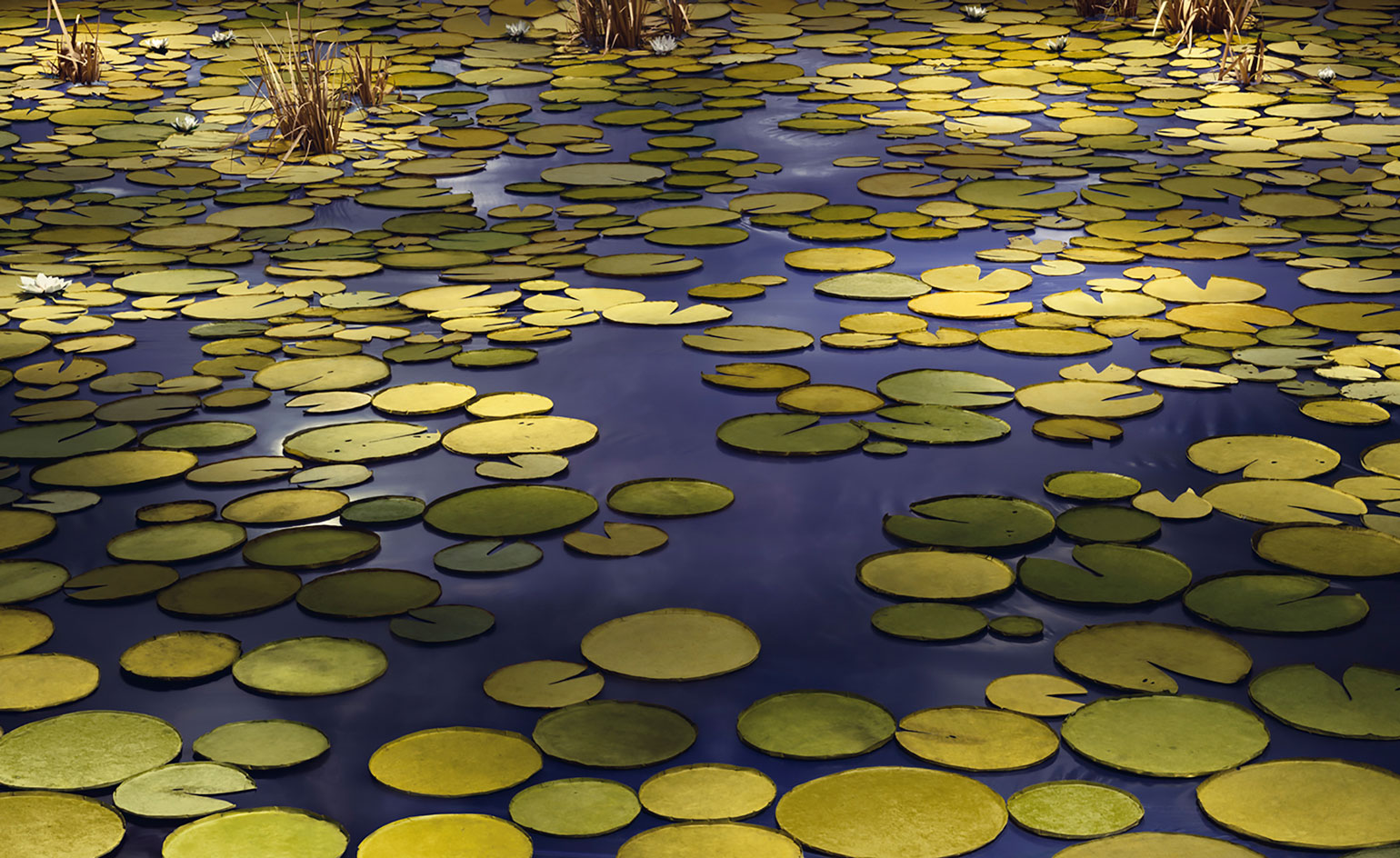
Thomas Demand’s exhibition at Sprüth Magers begins before you enter the door. Thanks to the gallery’s vast frontal bay window, the artist’s Pond becomes almost a public work of art, presenting a dose of tranquillity for all who pass by, and a temptation to uncover more.
‘I think we still operate with an idea of beauty in nature, which is inevitably not what nature out there is, or can be, as we have realised that what nature gives us is not enough,’ says the German sculptor and photographer. ‘So the echo of an idyllic image may be still accessible for us (like the water lilies), but it will be over-imposed eventually by another beauty, the one of nutrition, artificial light and indoor farming. The interesting question here for me is what the notion of nature is.’
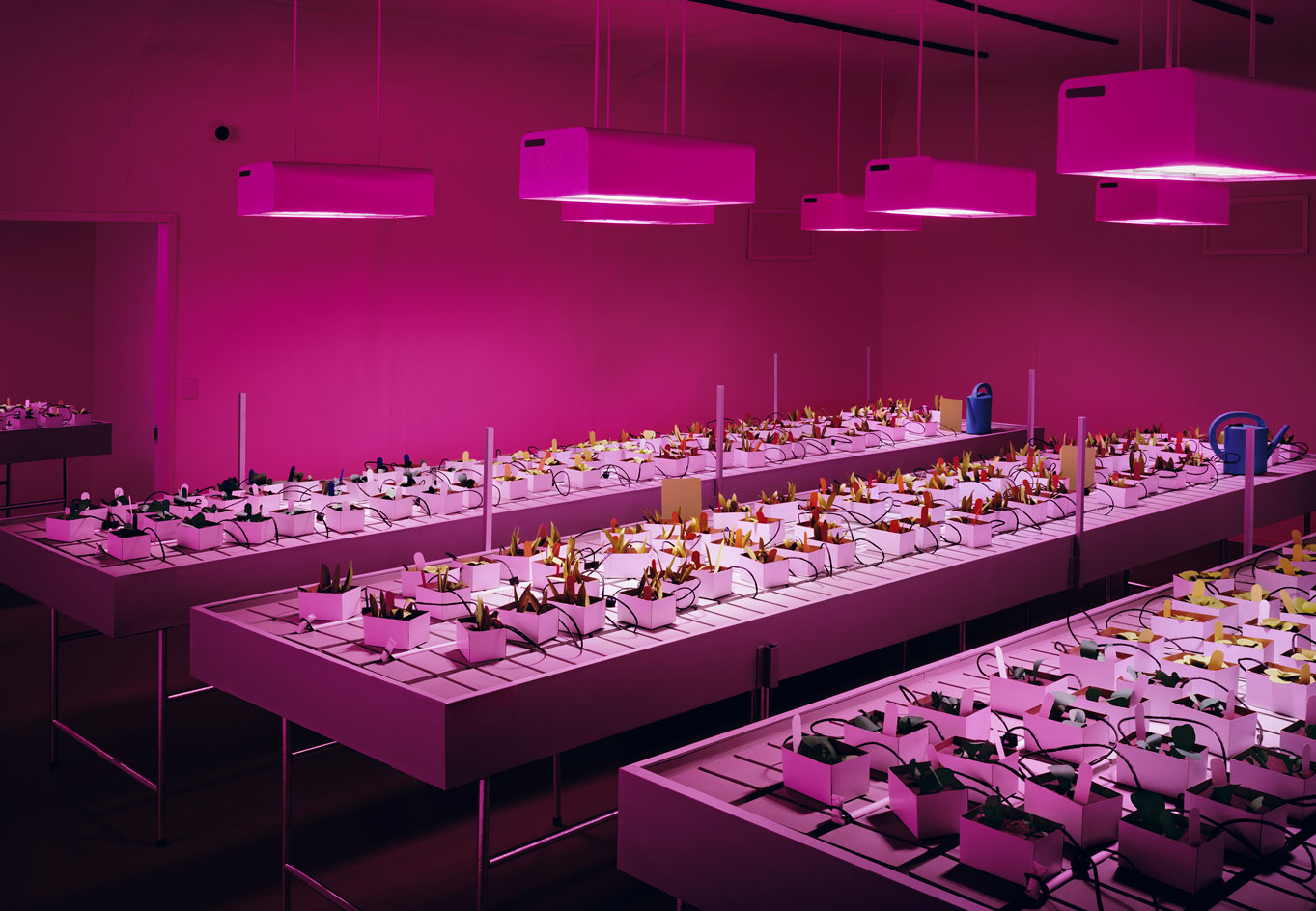
Thomas Demand, Nursery, 2020 C-print/Diasec.
Demand is best known for the enigmatic photographing of meticulously constructed three-dimensional models of rooms, spaces or structures, which he then destroys. This illusion of reality, only exposed as fantasy on intense close inspection, presents the idea of nature as entirely artificial.
Delving deeper into this tension between artificiality and nature, Demand's fourth exhibition at Sprüth Magers features new, imposing large-format photographic works. His Nursery sees a row of pink lights heavily illuminating long tables of intriguing horticultural specimens. The colours are abrasive, the composition dystopian. It’s reminiscent of a crime scene, but Demand’s meticulous construction depicts a legally compliant cannabis lab in Ontario, illustrating the future of farming. The photographer’s piece simultaneously nods to the nefarious past and present of cannabis production and explores how the industry has taken advantage of new government legislation and technology to transform into a multi-billion dollar business.
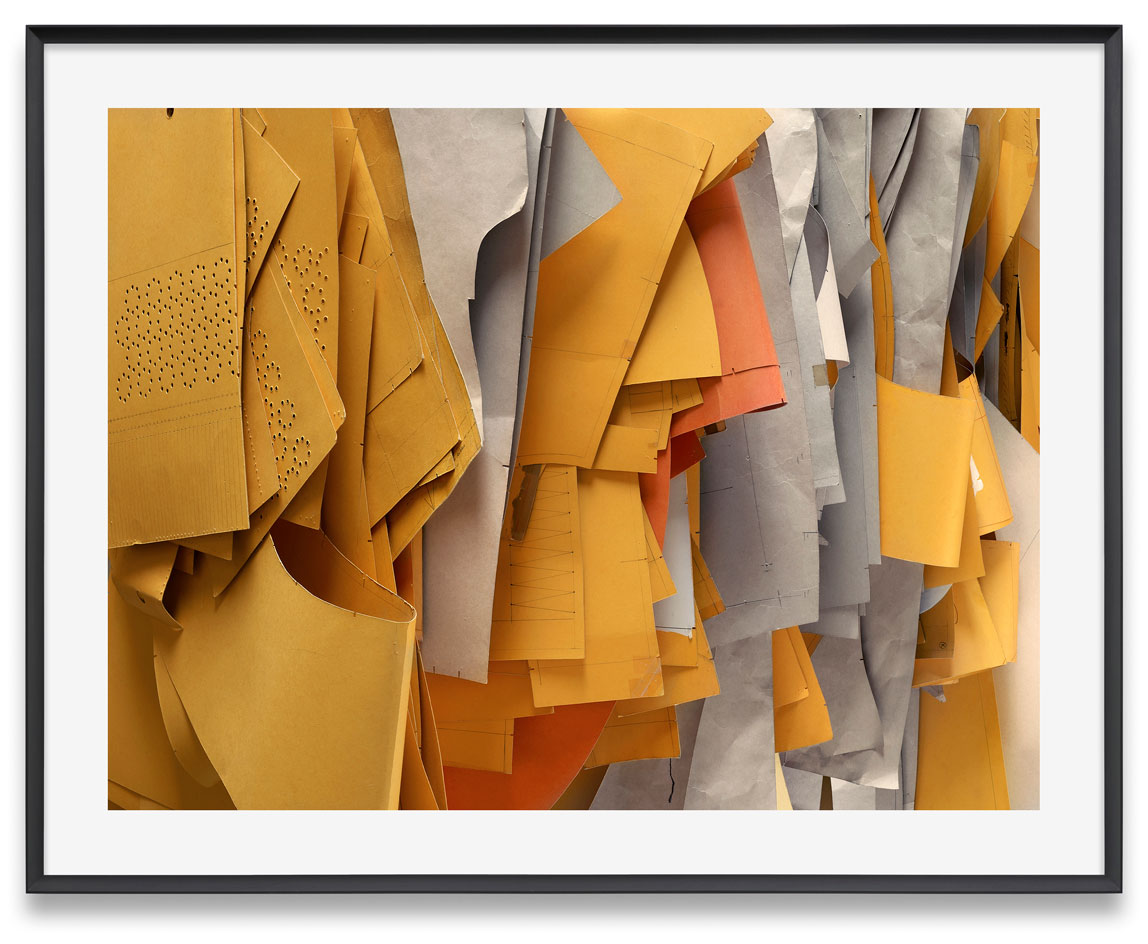
Thomas Demand, Towhee, 2020, framed pigment print.
The show also presents a selection from the latest iteration of his Model Studies. This marks a departure in the series, whereby the artist shoots models, but not of his own making. He’d previously approached the architectural models of architects John Lautner, SANAA and Hans Hollein, but here, he turns his attention to the atelier of late legendary fashion designer Azzedine Alaïa.
‘I was collecting images of tailoring workshops for many years, as the patterns always fascinated me formally. Now those patterns are like rulers, templates for making and perfecting a piece of clothing, translating a flat two-dimensional shape into a three-dimensional object, which doesn’t resemble any of those original shapes.’ Demand describes these as an arsenal of possibilities, and explored the coincidental potential of photography in this context. ‘I needed to catch the right moment to be there, like classic Cartier Bresson.’
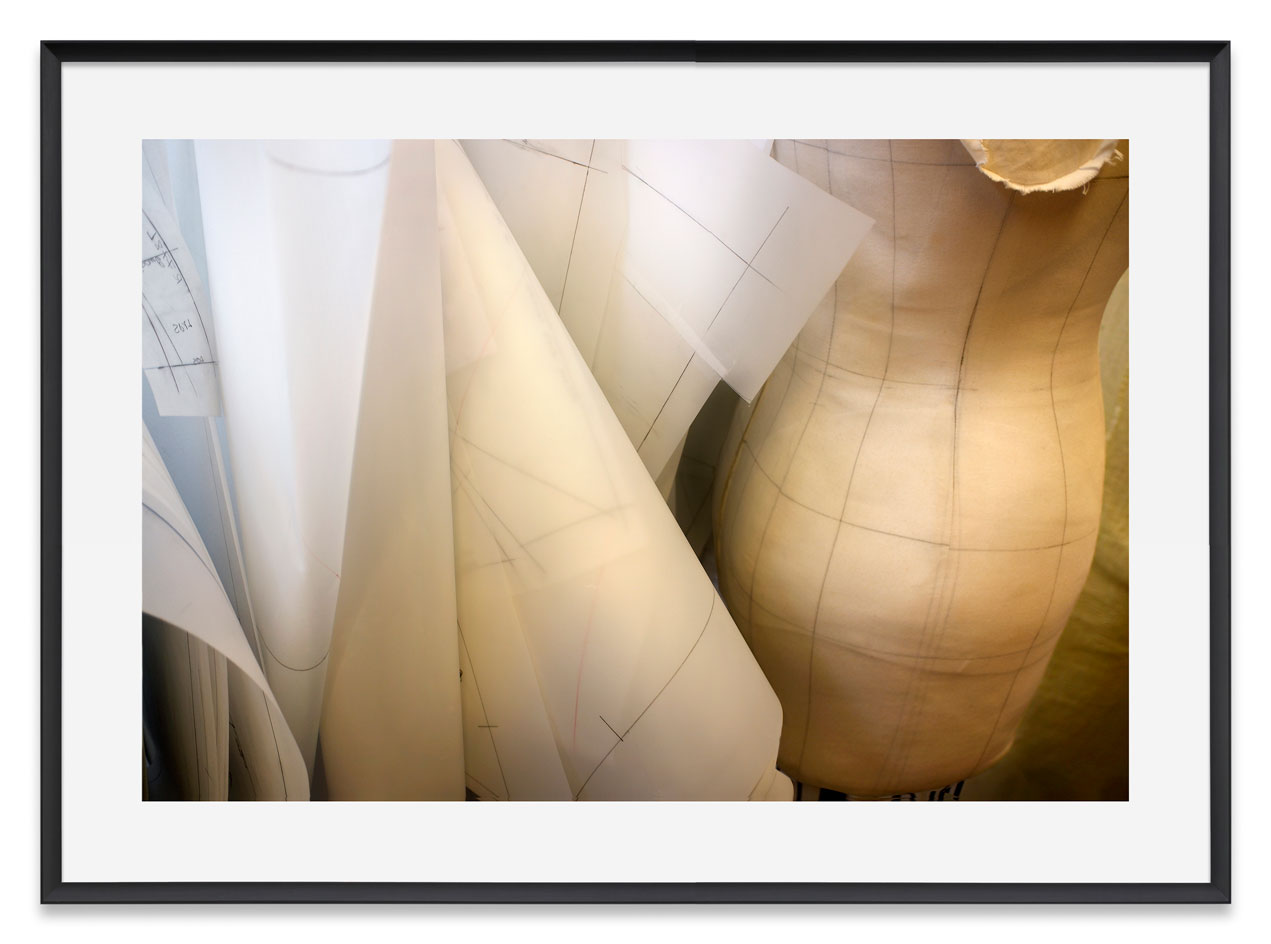
Partridge, 2020, framed pigment print.
Intimate, spontaneous and suggestive of frenetic, electric activity, these images offer a rare insight into the everyday working practices of a fashion career that spanned half a century. ‘If you take a model from 1978, it will be made of a different material than from 1992, even if the shape and quality of the material is practically the same,’ says Demand. ‘I understood this as an enormously great finding because it would not be an archive in the classic sense of storing and withstanding time.’
For Demand, the model is the pattern; a sculptural object containing a wealth of history and narrative. ‘The shapes have a patina and biography, very different to my own models. These are like tools, not like stand-ins or representations. I consider these images my most abstract work to date – without losing figurativeness.’
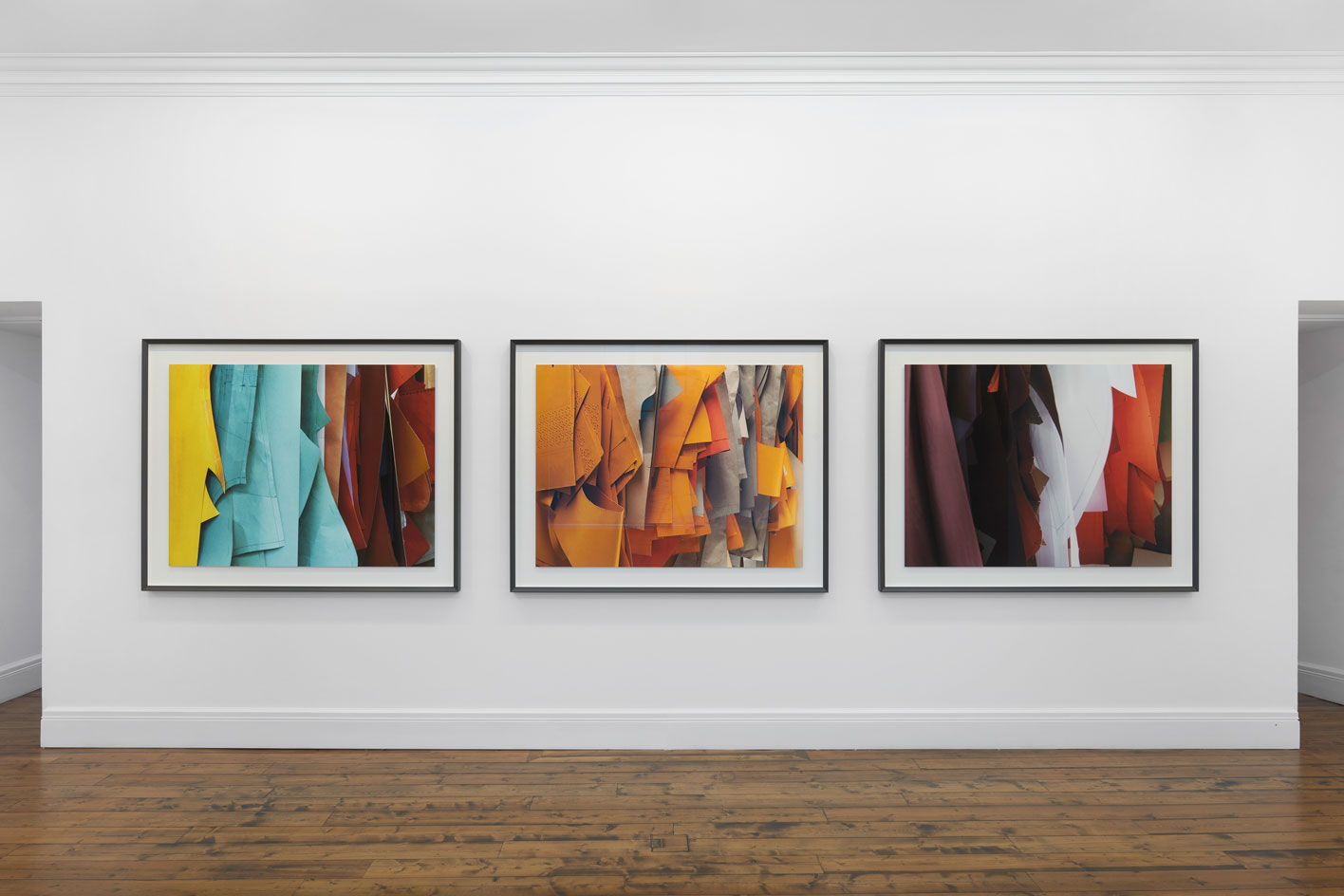
Installation view, Thomas Demand, Sprüth Magers, London, 2021. © Thomas Demand, VG Bild-Kunst, Bonn, 2021 Courtesy Sprüth Magers
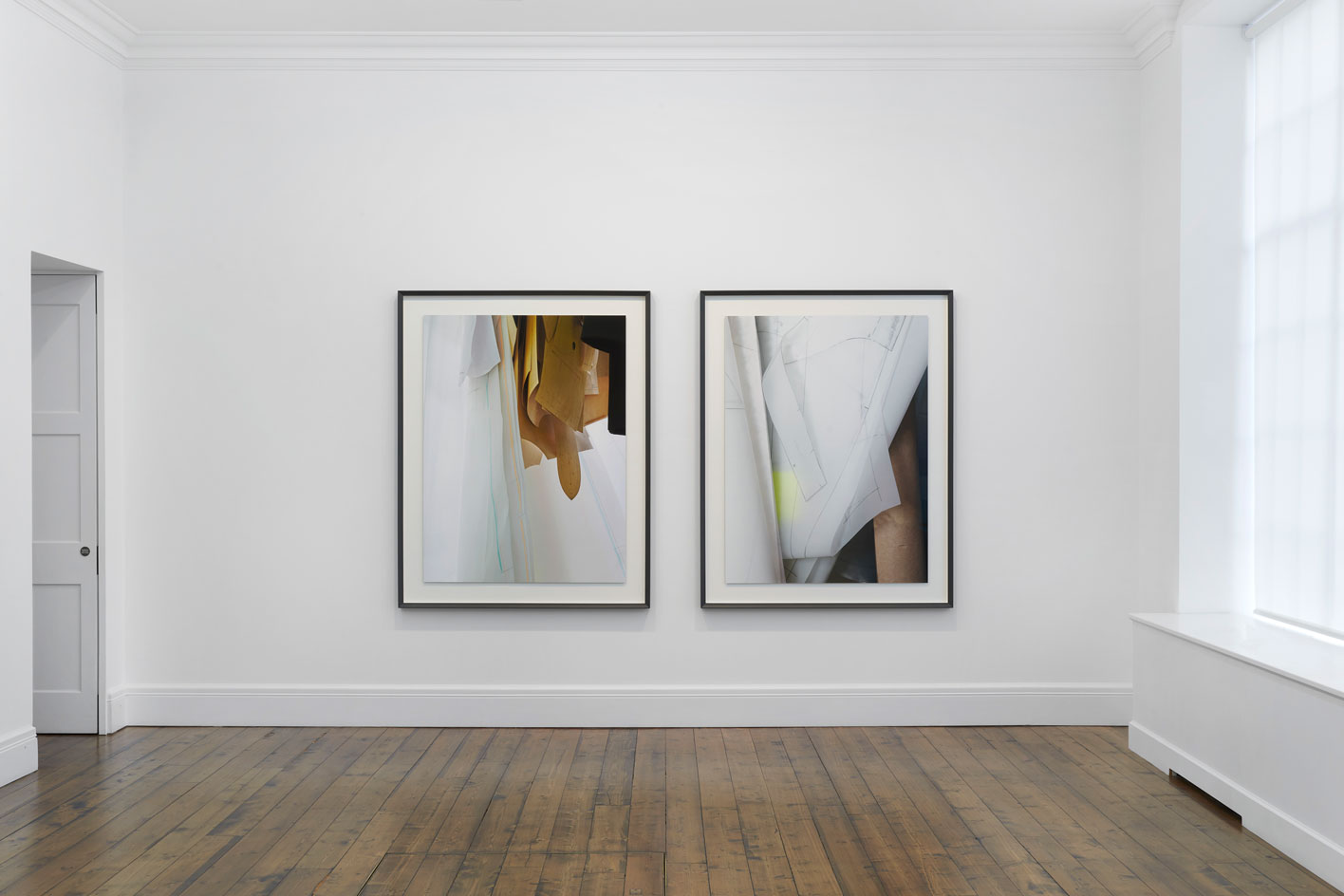
Installation view, Thomas Demand, Sprüth Magers, London, 2021. © Thomas Demand, VG Bild-Kunst, Bonn, 2021 Courtesy Sprüth Magers
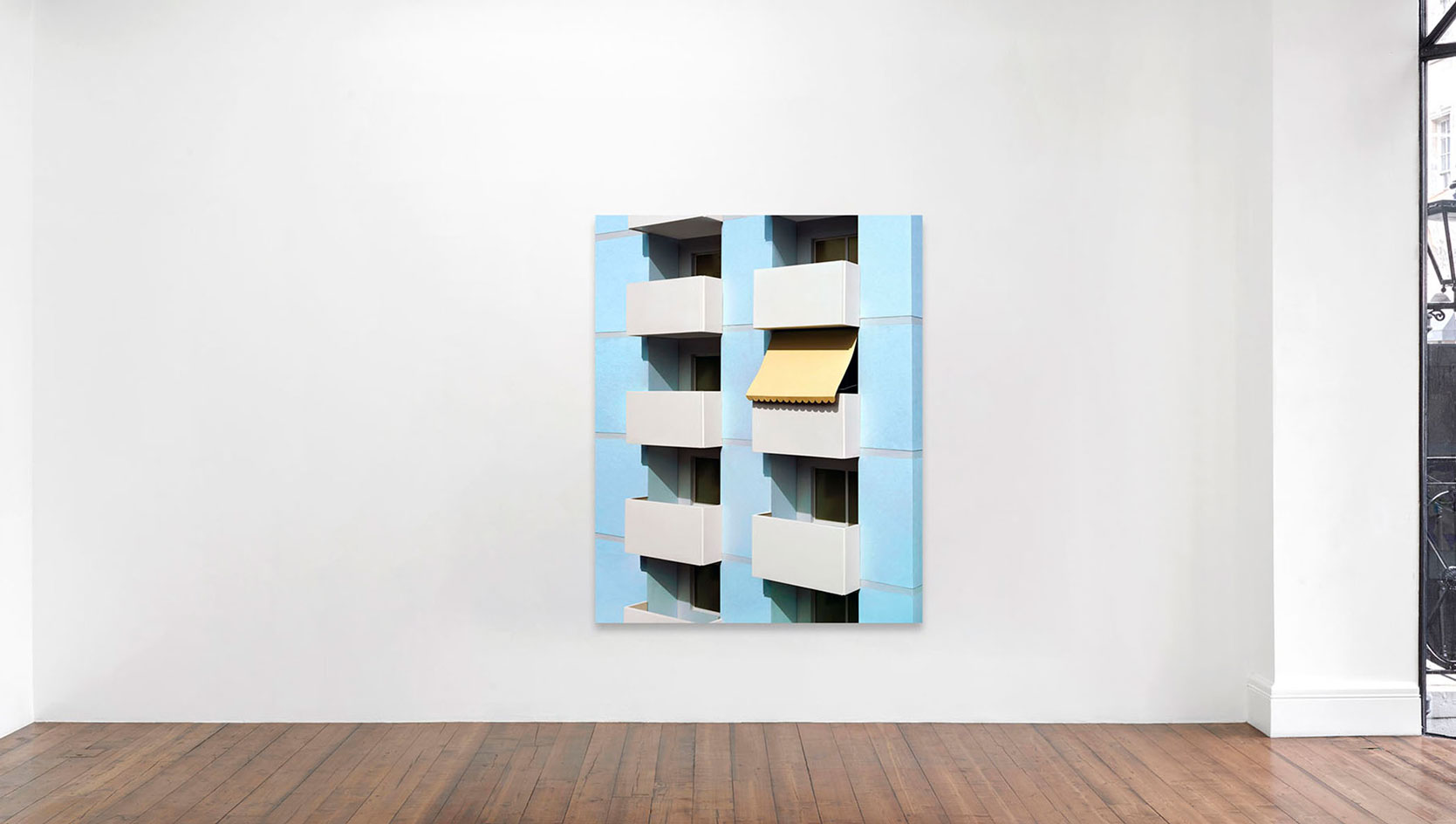
Installation view, Thomas Demand, Sprüth Magers, London, 2021. © Thomas Demand, VG Bild-Kunst, Bonn, 2021 Courtesy Sprüth Magers
INFORMATION
Thomas Demand, until 15 May, Sprüth Magers, London
spruethmagers.com
ADDRESS
Wallpaper* Newsletter
Receive our daily digest of inspiration, escapism and design stories from around the world direct to your inbox.
7A Grafton St
London W1S 4EL
Harriet Lloyd-Smith was the Arts Editor of Wallpaper*, responsible for the art pages across digital and print, including profiles, exhibition reviews, and contemporary art collaborations. She started at Wallpaper* in 2017 and has written for leading contemporary art publications, auction houses and arts charities, and lectured on review writing and art journalism. When she’s not writing about art, she’s making her own.
-
 Extreme Cashmere reimagines retail with its new Amsterdam store: ‘You want to take your shoes off and stay’
Extreme Cashmere reimagines retail with its new Amsterdam store: ‘You want to take your shoes off and stay’Wallpaper* takes a tour of Extreme Cashmere’s new Amsterdam store, a space which reflects the label’s famed hospitality and unconventional approach to knitwear
By Jack Moss
-
 Titanium watches are strong, light and enduring: here are some of the best
Titanium watches are strong, light and enduring: here are some of the bestBrands including Bremont, Christopher Ward and Grand Seiko are exploring the possibilities of titanium watches
By Chris Hall
-
 Warp Records announces its first event in over a decade at the Barbican
Warp Records announces its first event in over a decade at the Barbican‘A Warp Happening,' landing 14 June, is guaranteed to be an epic day out
By Tianna Williams
-
 The UK AIDS Memorial Quilt will be shown at Tate Modern
The UK AIDS Memorial Quilt will be shown at Tate ModernThe 42-panel quilt, which commemorates those affected by HIV and AIDS, will be displayed in Tate Modern’s Turbine Hall in June 2025
By Anna Solomon
-
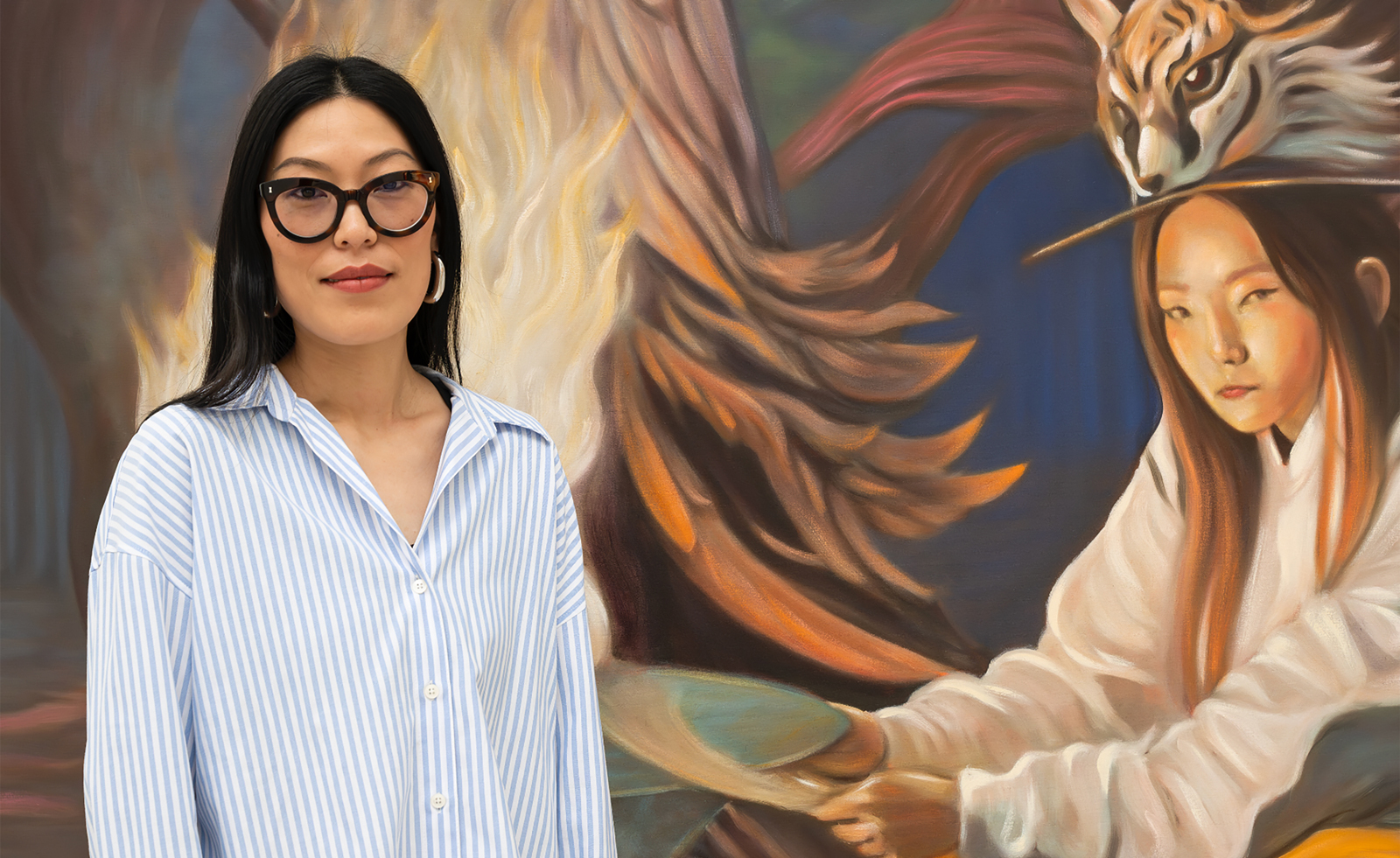 Meet the Turner Prize 2025 shortlisted artists
Meet the Turner Prize 2025 shortlisted artistsNnena Kalu, Rene Matić, Mohammed Sami and Zadie Xa are in the running for the Turner Prize 2025 – here they are with their work
By Hannah Silver
-
 ‘Humour is foundational’: artist Ella Kruglyanskaya on painting as a ‘highly questionable’ pursuit
‘Humour is foundational’: artist Ella Kruglyanskaya on painting as a ‘highly questionable’ pursuitElla Kruglyanskaya’s exhibition, ‘Shadows’ at Thomas Dane Gallery, is the first in a series of three this year, with openings in Basel and New York to follow
By Hannah Silver
-
 The art of the textile label: how British mill-made cloth sold itself to Indian buyers
The art of the textile label: how British mill-made cloth sold itself to Indian buyersAn exhibition of Indo-British textile labels at the Museum of Art & Photography (MAP) in Bengaluru is a journey through colonial desire and the design of mass persuasion
By Aastha D
-
 Artist Qualeasha Wood explores the digital glitch to weave stories of the Black female experience
Artist Qualeasha Wood explores the digital glitch to weave stories of the Black female experienceIn ‘Malware’, her new London exhibition at Pippy Houldsworth Gallery, the American artist’s tapestries, tuftings and videos delve into the world of internet malfunction
By Hannah Silver
-
 Ed Atkins confronts death at Tate Britain
Ed Atkins confronts death at Tate BritainIn his new London exhibition, the artist prods at the limits of existence through digital and physical works, including a film starring Toby Jones
By Emily Steer
-
 Tom Wesselmann’s 'Up Close' and the anatomy of desire
Tom Wesselmann’s 'Up Close' and the anatomy of desireIn a new exhibition currently on show at Almine Rech in London, Tom Wesselmann challenges the limits of figurative painting
By Sam Moore
-
 A major Frida Kahlo exhibition is coming to the Tate Modern next year
A major Frida Kahlo exhibition is coming to the Tate Modern next yearTate’s 2026 programme includes 'Frida: The Making of an Icon', which will trace the professional and personal life of countercultural figurehead Frida Kahlo
By Anna Solomon